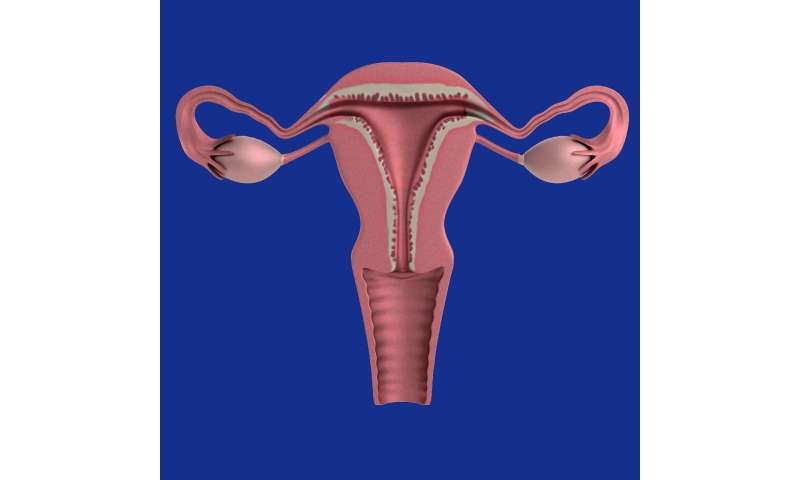Study: How to safely remove ovary in girls for best results in fertility preservation

Young girls who are about to undergo treatment for cancer or other therapies that pose high risk of infertility can opt to have an ovary removed and preserved for future transplantation when they are ready to pursue pregnancy. However, the tiny ovary can be easily damaged during surgery and the quality of ovarian tissue for fertility preservation is affected by the surgical removal technique, according to a study from Ann & Robert H. Lurie Children’s Hospital of Chicago published in the Journal of Pediatric Surgery. Using an experimental piglet model, researchers defined the safest laparoscopic technique for removing the ovary that also results in the best quality ovarian tissue for later use.
“We are already applying our findings for all ovary removals for fertility preservation,” says lead author Erin Rowell, MD, Director of the Fertility & Hormone Preservation & Restoration Program at Lurie Children’s and Associate Professor of Surgery at Northwestern University Feinberg School of Medicine. “The evidence from our study is the first step to defining standard of care surgical technique in prepubertal girls that will allow us to maximize ovarian tissue health and hopefully increase pregnancy rates after the tissue is transplanted back.”
To preserve future fertility, the removed ovarian tissue is frozen—a process called cryopreservation. When a woman is ready to have a child, one of the current options is to transplant the preserved tissue onto the remaining ovary, where it starts to function normally and enables natural pregnancy. This technique is still considered experimental.
To date, two live births have been documented in women who had ovarian tissue cryopreservation as prepubertal girls, while over 130 live births occurred in women whose ovarian tissue was removed and cryopreserved after they reached puberty. Currently, less than a third of women who had their ovarian tissue transplanted back experienced a successful pregnancy.
To evaluate the quality of ovarian tissue after different surgical removal techniques, Dr. Rowell performed laparoscopic ovary removal in piglets. The goal was to simulate this surgery as precisely as possible, using the same type of instruments that are used in young girls, including an ultrasonic advanced energy device that provides heat to cut and cauterize tissue around the ovary. The piglet’s ovarian tissue was then processed exactly the same way as human tissue would be handled for fertility preservation.
After examining ovarian tissue health and quality, researchers found that there was least damage when the heat source during surgery was farther away from the ovary. As a result, surgeons at Lurie Children’s have adjusted their technique to maintain a 2 cm distance from the ovary when using the ultrasonic advanced energy device for ovary removal.
“The collaboration between surgeons and scientists in this study is a perfect example of translational research,” says senior author Monica Laronda, Ph.D., Director of Basic and Translational Research, Fertility & Hormone Preservation & Restoration Program at Lurie Children’s and Assistant Professor of Pediatrics at Northwestern University Feinberg School of Medicine. “Our findings in the lab had a direct impact on how our surgical team performs the ovary removal procedure for fertility preservation.”
At Lurie Children’s, the laparoscopic ovary removal procedure is performed on an outpatient basis, without delaying the patient’s treatment for conditions that may threaten future fertility. Children with a variety of cancer, genetic, endocrine and rheumatologic conditions may be candidates for fertility preservation. The Fertility & Hormone Preservation & Restoration Program at Lurie Children’s is the only one of its kind for pediatric patients in Illinois.
Source: Read Full Article



